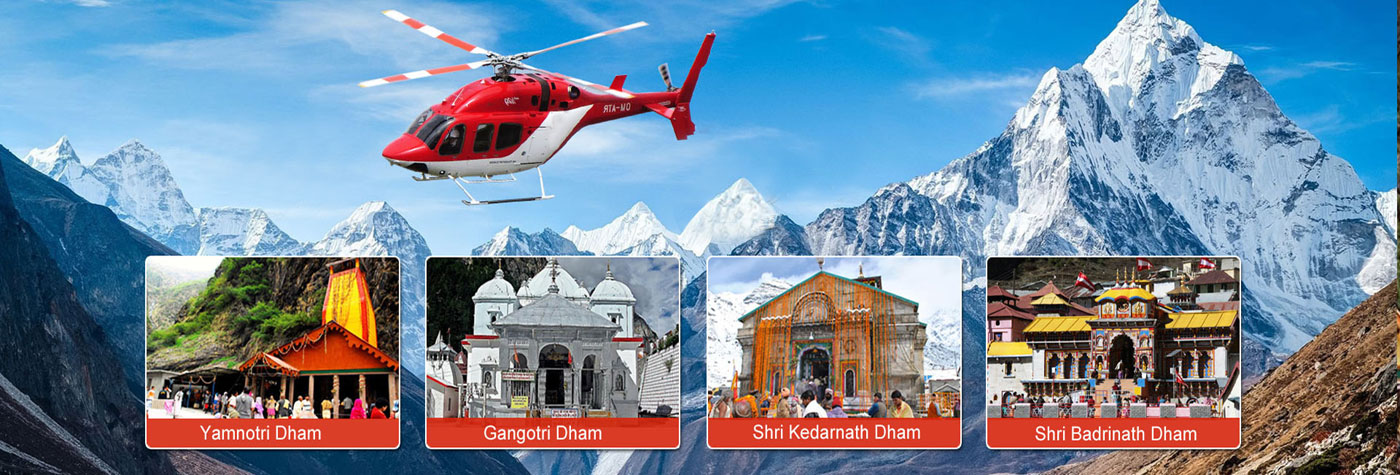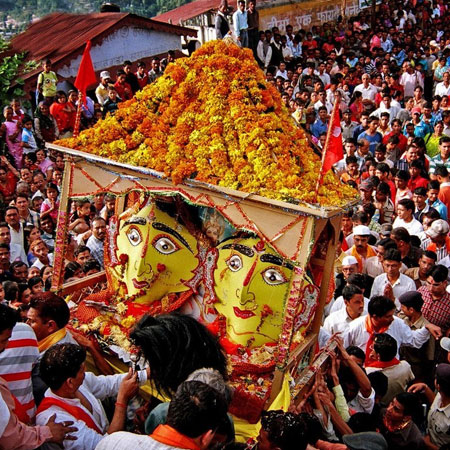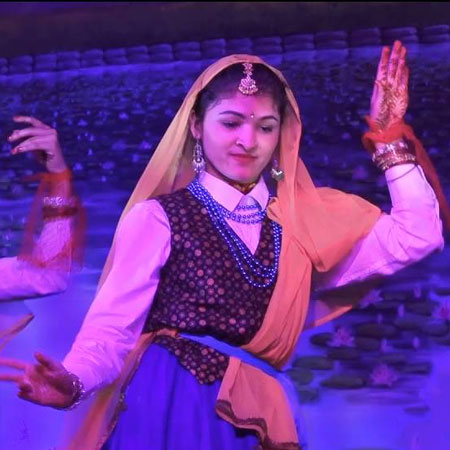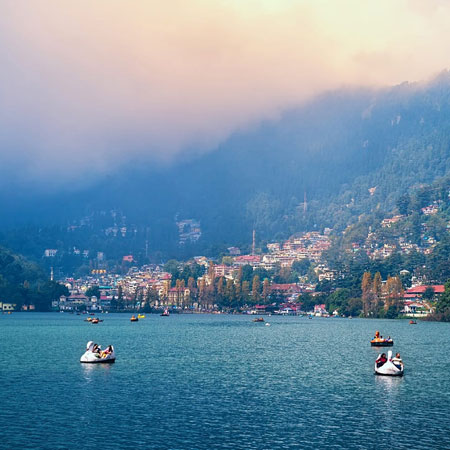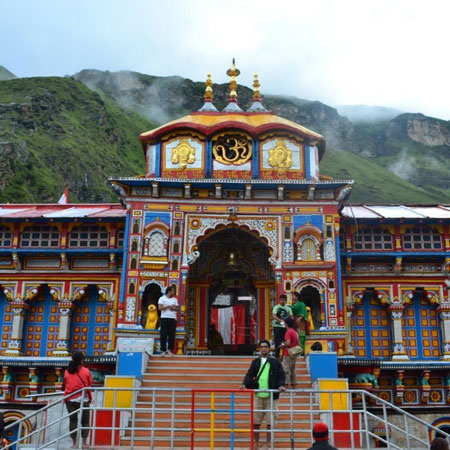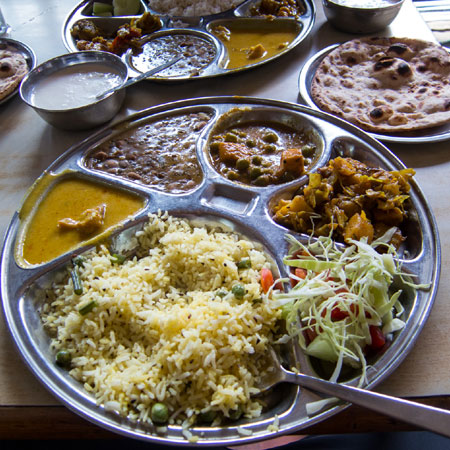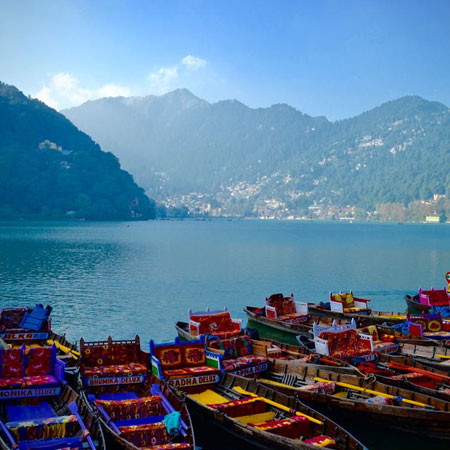Culture of Uttarakhand
Culture and people are very closely associated with each other. The term ‘culture’ refers to the complex collection of knowledge, folklore, language, rules, rituals, habits, lifestyles, attitudes, beliefs, and customs that link and give a common identity to a particular group of people at a specific point in time.
All social units develop a culture. Thus it is the inhabitants of a specific region that collectively contribute to form that extraordinary cornucopia of life we call culture.
In case of Uttarakhand, the Land of Gods, natural diversity and the element of the Himalaya’s unparalleled beauty and sanctity add a new dimension to the word ‘culture’. The people of the state are as diverse as the landscape. Uttarakhand is blessed with a whole multiplicity of culture greatly influenced and inspired by its geo-social factors. The ancient cultural traditions of Uttarakhand are deep rooted primarily in religion. Music, dance and arts are a manifest for the firm religious bonds of the people with the awe-inspiring Himalayas.
“In those lovely valleys there is still the romance and poetry of life: each tree has its god, each bush its spirit” – So wrote the 19th century British anthropologist and surveyor Charles A. Sherring, describing a fair part of Uttarakhand, in his great research ‘Western Tibet and British Borderland’.
All the local traditions of the state are determinedly attached to nature and its bounty. No legends or myths are complete without nature, seasons or the Himalayas being integral part of them. The people spare no opportunity to celebrate this bountiful natural, social and religious diversity.
Collective celebrations become the order of the day – the many fairs and festivals bear testimony to this. These fairs have now become remarkable stages for all sort of uncluttered social, cultural and economic exchange. Visitors from far and wide are drawn to these events in multitudes.
The state offers journey-options to both – the religious and the spiritual.
There are a number of religious events attached to River Ganga - the holiest of all the rivers. Daily aartis performed every evening at the banks of the Mother-River in Haridwar and Rishikesh present a memorable sight to behold when the star studded sky seems to be reflecting the serene waters of the river upon the surface of which float countless diyas offered to the goddess. The Kumbh Mela that is held every twelve years witnesses some of the largest gatherings of devotees to be seen anywhere in the whole world.
Overwhelming natural panoramas accompany the pilgrims taking part in the Nanda Devi Raj Jaat and Kailash Mansarovar Yatras. The shrines of Hemkund Sahib and Nanakmatta Sahib are visited by thousands of Sikh devotees while a symbol of national integration - the Dargaah at Piran Kaliyar Sharif, holds a significant religious rank for Muslims and people from other faiths alike.
Several indigenous tribes and communities flourish in this state today maintaining their distinct cultural heritage and traditions. The several fairs and festivals celebrated by the tribes such as Bhotias (Shaukas), Tharus, Buxas and Jaunsaris are opprtunies for the locals and the visitors to witness these events as opportunities to keep the traditional modes of life and art alive apart from providing them the recognition they so strongly deserve.
Legends, myths and anecdotes galore in the state of Uttarakhand which has in turn been bestowed by the richest, holy rivers and the most esteemed mountains. Series of legends and tales are intricately woven around the sacred shrines, temples and rivers by simple hearted, god-fearing people that simultaneously reflect the socio- cultural diversity of the state.
 +91 9799050299
+91 9799050299 
